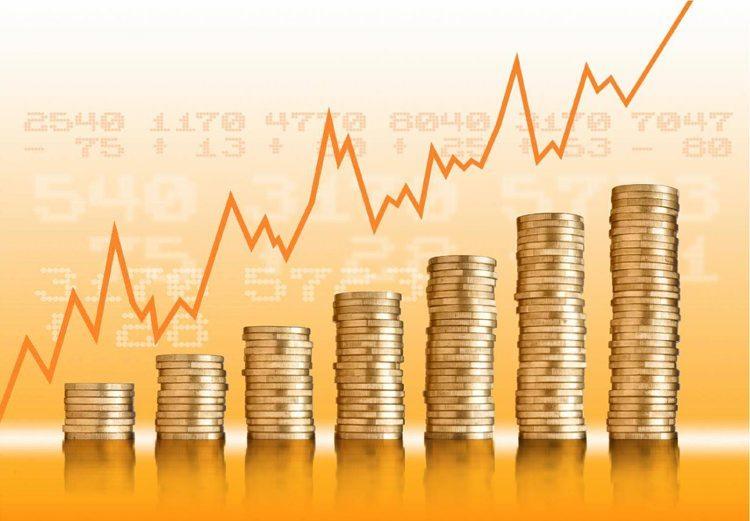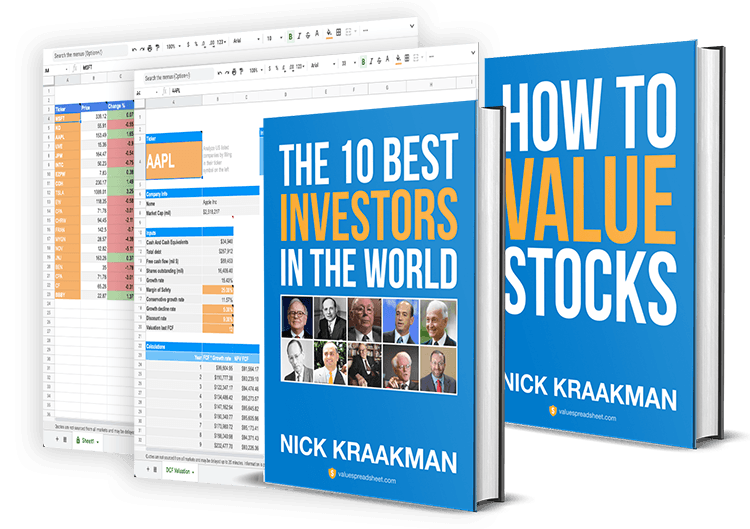
That car you have been wanting to buy is lowered in price. Awesome! Now you can get the same value (the car) for less money. However, a stock price decline is often perceived as something negative, while the concept of getting the same value (a share of a company) for less money still applies. Let us go into this some more.
“Price is what you pay, value is what you get.”
Warren Buffett in Letter to Berkshire Shareholders (2008)
Some people see stocks as “things” whose prices fluctuate from minute to minute. People with this frame of mind - we’ll refer to them as traders - believe that timing the market is the way to achieve riches on the stock market. They often apply technical analysis of financial charts to determine when the price is right to buy. Warren Buffett believes that timing the market is impossible and is therefore not a big fan of this type of hit-and-miss strategy. During a meeting at Vanderbilt University he said that he realized technical analysis didn’t work when he turned the chart upside down and didn’t get a different answer. Not a single technical analyst has ever made it to the Forbes rich list, but several value investors have. So what do they do different?
For starters, value investors see stocks as a part of a business. They do not base their investment decisions on historic price movements like traders do, but instead they try to determine what that small part of business is worth and invest only when they can buy it for a price lower than that value. In short, value investors try to buy a dollar of value at a price of fifty cents. Exploiting differences between price and value is the cornerstone of value investing.
However, a big part of contemporary financial theory is based on the so called Efficient Market Hypothesis (EMH). This theory assumes that every investor acts rationally, with the result that the market price of a stock always perfectly reflects the intrinsic value of the underlying business. If this were true, it would be impossible to exploit mispriced stocks and earn above average returns. However, Warren Buffett has proven this to be untrue by consistently beating the market year after year. Still, Buffett does not reject the Efficient Market Hypothesis altogether. He believes that markets are efficient in the long run, but highly irrational in the short term.
"In the short-run, the market is a voting machine - reflecting a voter-registration test that requires only money, not intelligence or emotional stability - but in the long-run, the market is a weighing machine."
Warren Buffett in Letter to Berkshire Shareholders (1993)
So how come stocks get mispriced? One word: emotions. Money does strange things to people. Gaining money tends to make people greedy, which results in higher prices, while losing money tends to make people depressed, leading to low prices. This emotional roller-coaster is a perfect breeding ground for irrational behavior. The kind of behavior which leads to the mispriced stocks value investors like so much!
"Market prices are set by herds of emotional, greedy, or depressed persons who do not always act rationally."
Warren Buffett in The Superinvestors of Graham-and-Doddsville (1984)
Summary
- Timing the market is impossible
- Buying stocks means buying part of a business
- Markets are inefficient in the short run, but efficient in the long run
- Markets often misprice stocks due to emotion-driven irrational behavior
- Value investors exploit the difference between market price and intrinsic value
In this article you have learned the difference between price and value. You can read how to calculate this mystical intrinsic value by clicking here.



